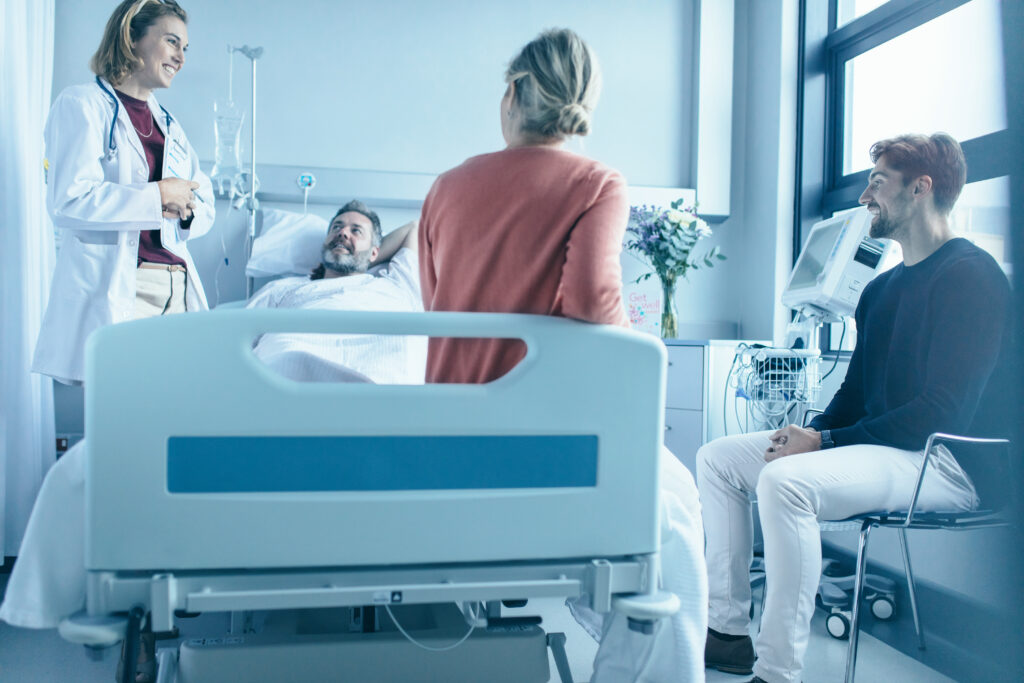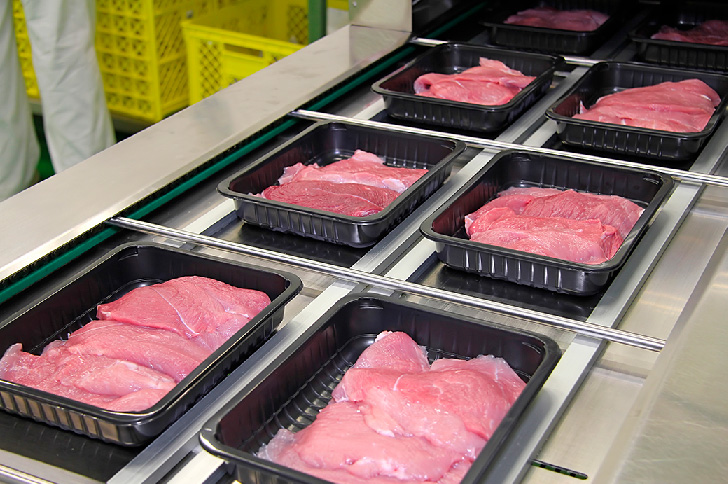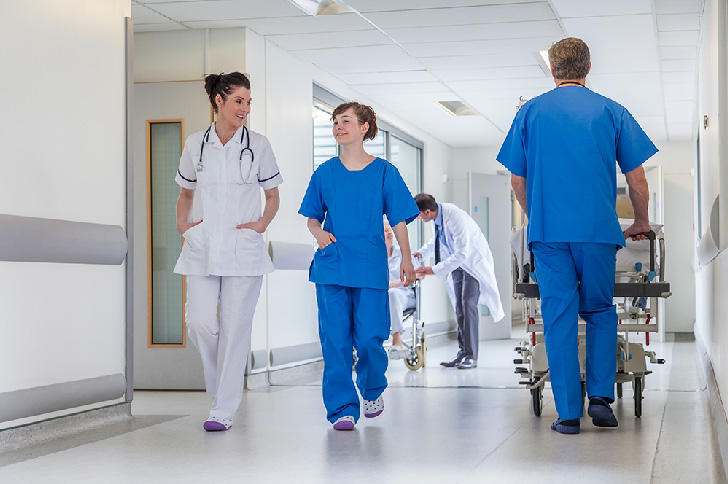We see careful research and development as the foundation of innovative products. Large-scale studies are often necessary to validate the effectiveness of our products under real conditions. That is why we are continuously involved in research projects in cooperation with various companies, university departments and hospitals.
Past and ongoing research projects
Use of DYPHOX to reduce the transmission of germs in hospitals
PACMAN project

Sponsored by
Bavarian Research Foundation
Project term
10/2020 – expected 10/2023
Status
ongoing
Project description
In July 2008, the pathogen Acinetobacter baumannii is isolated in the burn unit of Hannover Medical School (MHH). It is not until 10 months later that the highly resistant germ is successfully eliminated. In the meantime, 23 infections – 20 of them nosocomially transmitted – are recorded. A nightmare for patients and medical staff.
How do such outbreaks occur and what role do frequently touched surfaces play for the transmission of germs? Unfortunately, scientific evidence on hotspots and pathways of pathogen spread in hospitals is still very limited. The results of the MikroPhob field study clearly showed that DYPHOX coatings not only significantly reduce the average germ load on surfaces, but also prevent germ load peaks. Does this positive effect also curb the spread of nosocomial pathogens? The PACMAN project (short for Photo Active Cytotoxic treatment of Microorganism And a New quick test) addresses this question. The aim of the project at the University Hospital Regensburg (UKR) is to map the spread of hospital germs in two intensive care units. For this purpose, state-of-the-art sequencing techniques are used to obtain movement profiles of pathogens on surfaces. Finally, the movement profiles of DYPHOX-coated and control surfaces will be compared.
Use of DYPHOX in the food industry
PhotoDekon project

Sponsored by
Federal Ministry of Food and Agriculture
Project term
01/2020 – expected 06/2023
Status
ongoing
Project description
To clean and disinfect production facilities, the food processing industry uses various methods such as heat inactivation, UV radiation or aggressive chemicals. In the search for alternative and complementary hygiene measures, the PhotoDekon research project was launched. PhotoDekon aims to research the use of photodynamics for the efficient and permanent disinfection of conveyor belts and machine parts in the meat processing industry. Two approaches are being pursued to this end: The development of an antimicrobial spray solution which can be sprayed onto conveyor belts and machine parts as required. The development of a solution for the permanent antimicrobial treatment of conveyor belts and machine parts. This approach offers the advantage that the pigments do not come into direct contact with the meat products during the production process, but can still efficiently produce the antimicrobially effective singlet oxygen. In addition to the antimicrobial effect, the requirements for the development of a durable coating are good adhesion to various materials and resistance to mechanical stress and cleaning processes.
Use of DYPHOX to reduce the bioburden on surfaces in hospitals
MikroPhob field study

Sponsored by
Bavarian State Ministry of Economic Affairs and Media, Energy and Technology
Project term
03/2017–10/2018
Status
completed
Project description
More than 800,000 healthcare-acquired infections (HAIs) occur in German hospitals every year. In order to counteract this high number, in addition to actions to improve established hygiene measures such as hand disinfection, the search is on for further preventive measures. Additional and alternative hygiene measures are in great demand, particularly in view of the worldwide increase in antibiotic-resistant bacteria and demographic developments. The MikroPhob project was set up to investigate the use of antimicrobial coatings to reduce the bacterial load on surfaces close to patients. As part of the field study, over 20 different surfaces were treated with either a DYPHOX coating or a non-active control coating. The number of bacteria on the active and control surfaces was regularly counted and compared over several months. Everyday clinical operations and routine surface disinfection continued unchanged during the study.
Result
The evaluation of the study results showed that the bacterial load on surfaces coated with DYPHOX was significantly reduced compared to the control surfaces. The relative risk of high bacterial loads can be reduced by up to 67% with DYPHOX coatings. More details of the study can be found in a recent scientific publication.
